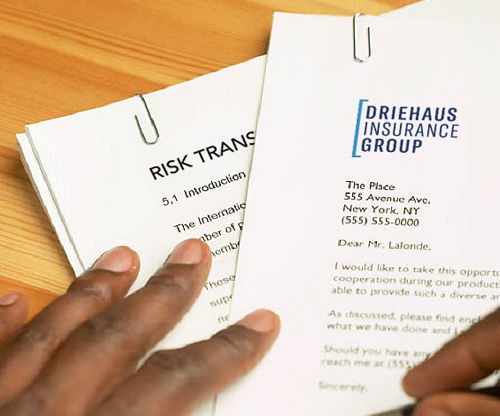
One constant in commerce today is the desire to shift liability to someone else. In the insurance business we call this risk transfer. The ultimate goal of a good risk transfer program is to place the liability on the party that creates or controls the circumstances that cause the claim. In a perfect world the responsible party would step up and accept the liability. In the real world a written provision in an agreement, contract, purchase order, or lease is where this transfer is accomplished.
The first and most important concept to remember is “Read Before You Sign”. A major insurance firm estimated that 25% of their liability claims were the product of risk transfer. This is a business decision that deserves your attention.
If you assume the liability of another party, you have the title of “indemnitor”. If you are receiving protection from a risk transfer you are the “indemnitee”. Knowing your role is critical to your being able to read and understand the agreement.
The next issue to tackle is how much risk do you want to shift or how much lability you are willing to assume? Generally, the risk transfer agreements fall into three types.
A Broad Form risk transfer seeks to transfer liability to another party for all liabilities including the sole negligence of the indemnitor. This broad form of risk transfer is not allowed in some jurisdictions.
An Intermediate Form of risk transfer shares the liability for negligence that is joint in nature. You will agree to share responsibility for an event if both parties share some of the liability.
A Limited Form of risk transfer states that each party retains its own liabilities and assumes liability for the actions of others only if the first party can directly control the actions of the other party.
To know the terms, you must read the agreement. In general, you should assume that whatever party is drafting the agreement is asking for protection from the other party. So always beware of signing service agreements and contracts presented by others if you are the party paying for the services.
If you are seeking to transfer risk, get your attorney involved to draft language that will be enforceable in your jurisdiction. The need for the contract language to pass legal muster is only important at time of a loss. You cannot not retroactively add language that was needed.
Future articles will address the topics of insurance protection and certificates of insurance. Insurance policies do not not automatically follow what is agreed to in an executed contract. As an indemnitor, your policy can be endorsed to cover assumed risk, but there are some areas that can fall outside of what is insurable. This is why knowing what you are signing is a critical point. The descriptions of insurance coverage are general in nature and are not a replacement for actual policy language.
Contact us for more information — Visit our website www.driehausins.com to learn about our products, services and people or call us at 513-977-6860.

Comments